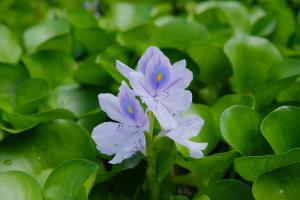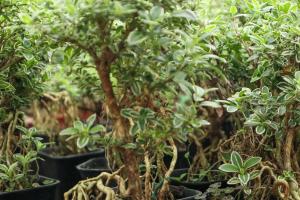1、 What does it look like
The shape of pitcher grass is very unique. Its leaves are long oval, with a length of about 10-25cm and a width of about 4-8cm. There will be many longitudinal veins on both sides of the midvein. There is a cage vine at the end, which can make it climb better. In addition, there will be an insect catching cage at the tail of the cage vine. This cage is bottle shaped or funnel-shaped. The lower part is relatively expanded and equipped with a small cage cover. Nepenthes also bloom. The flowers are very small and have no ornamental value
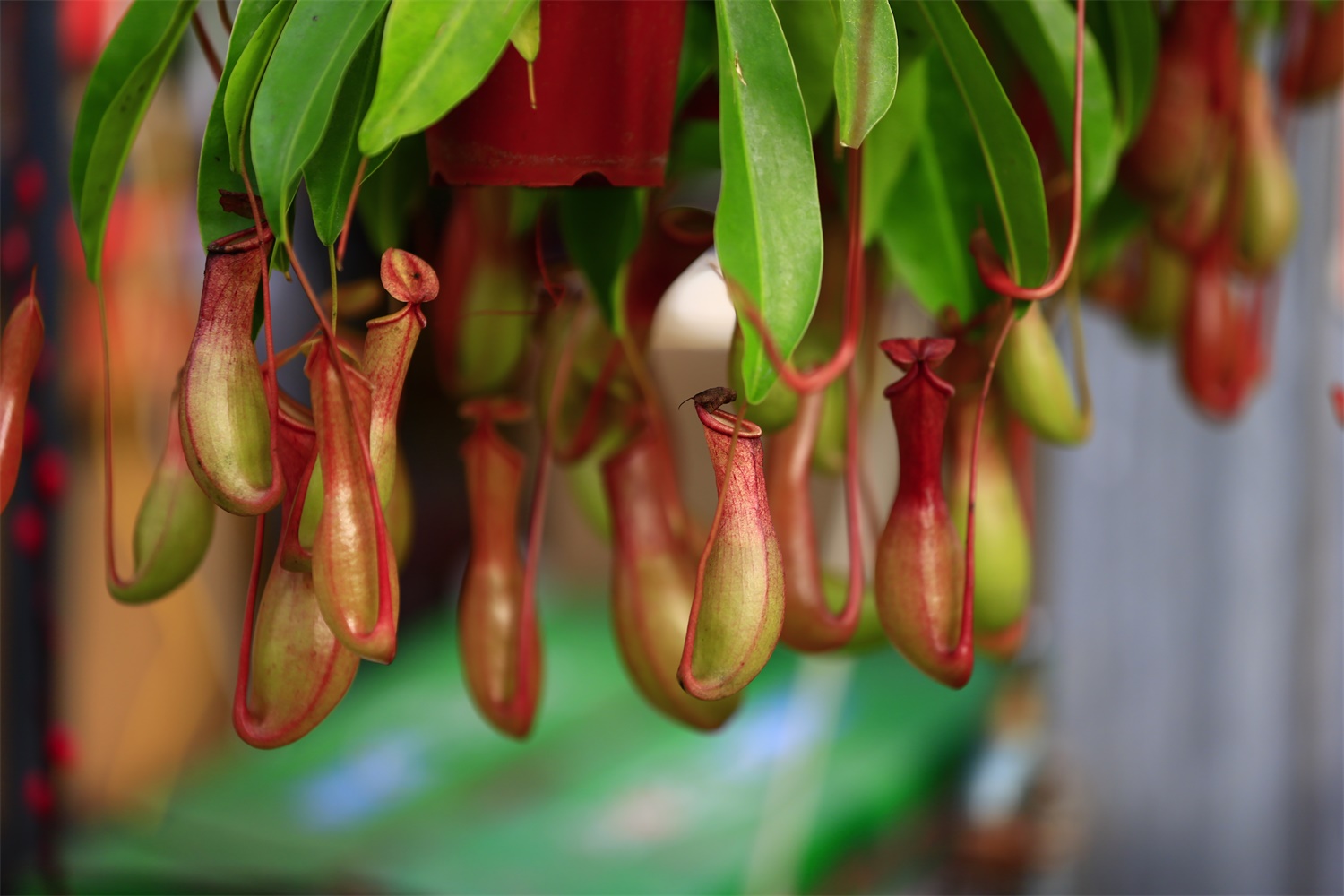
2、 What are the varieties
There are many varieties of pitcher grass, such as Baote bottle, wind chime, bidentate, apple pitcher grass, etc. there are certain differences among these varieties. The volume of pitcher is relatively large; Nepenthes Campanula is very special. Its stems and vines grow on the rock wall. There are many kinds of them. There are many that want to be sorted out
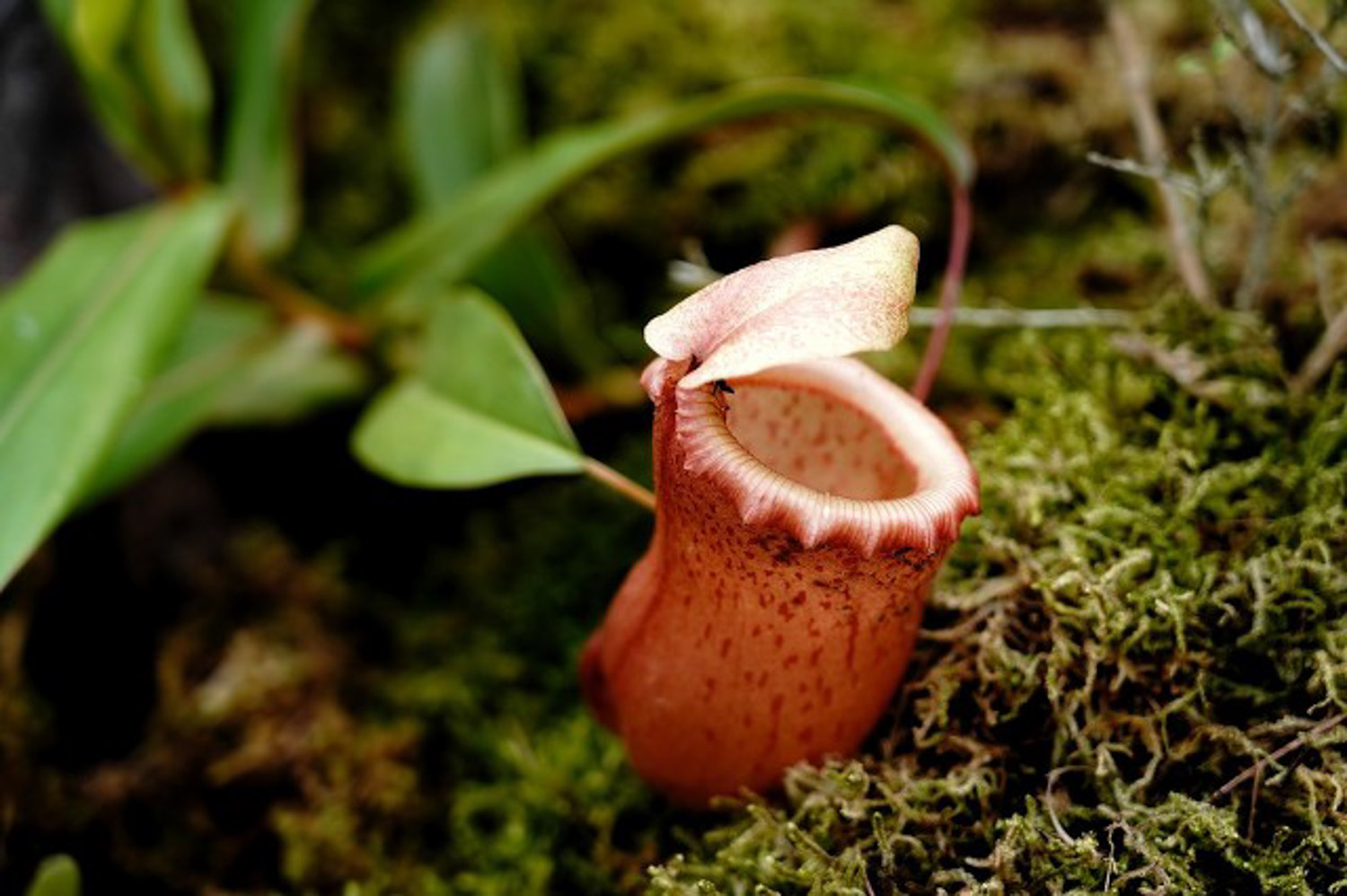
In addition, it has two more common varieties, including pirate pitcher and flying saucer lip pitcher. There are also some varieties that appear in gardens for people to watch, including Pauline pitcher, crimson pitcher, red light pitcher and dArianna pitcher
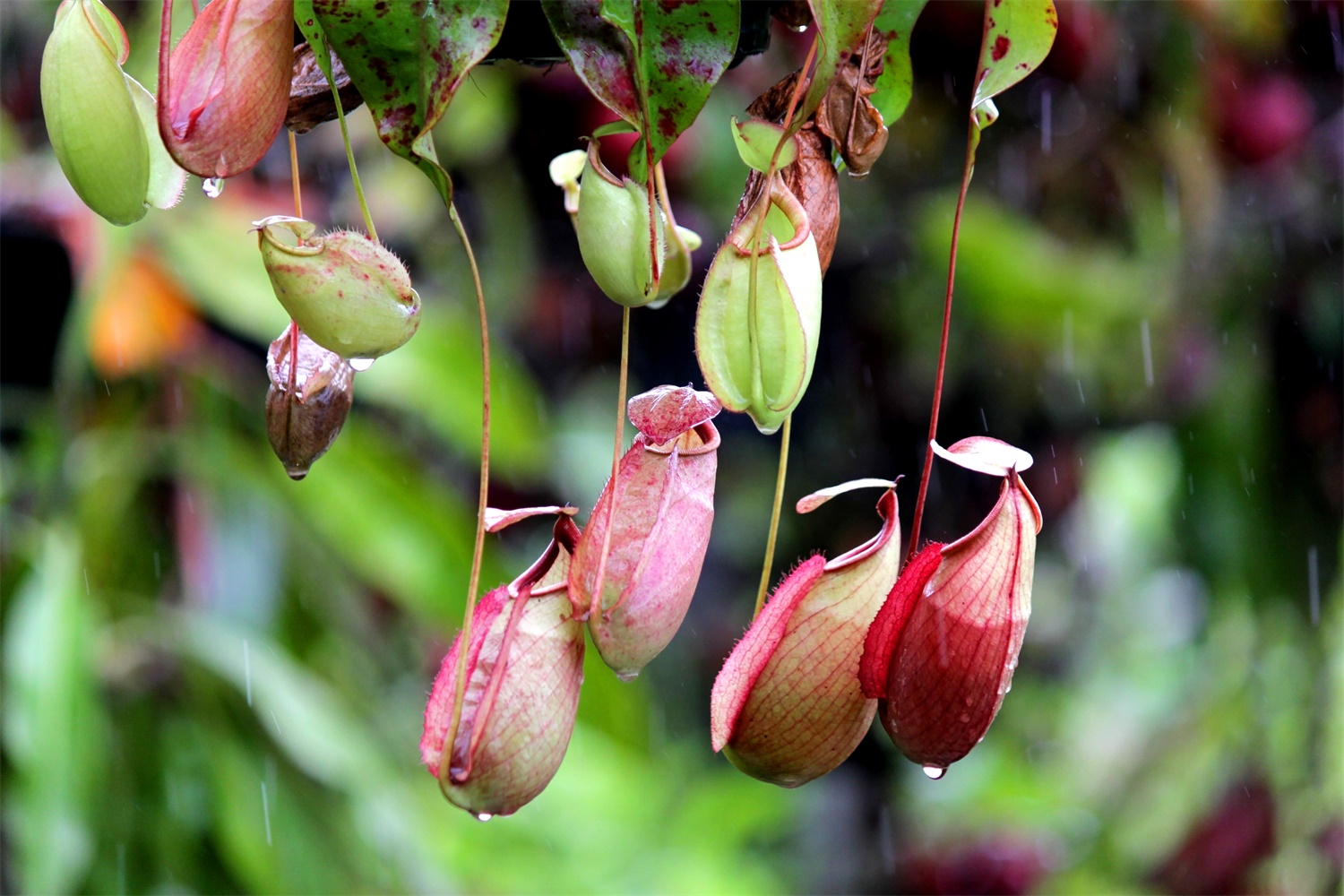

 jackfruit
jackfruit snake plant
snake plant hibiscus
hibiscus hydrangea
hydrangea lavender
lavender Green roses climb al...
Green roses climb al... If you don't pay att...
If you don't pay att... Management of four g...
Management of four g...